
Meeting Place Symbol Aboriginal art background Download Graphics & Vectors Aboriginal art
Dreamtime Art Symbolism Most symbolism in Aboriginal Art focuses on the Dreamtime, which is the period in which Aboriginal people believe the world was created. Traditionally, symbols of the Dreamtime events were created on cave walls, carved into timber or stone, on the desert floor, and on their bodies with the use of body paint.

Prominent Australian Aboriginal Art Symbols and Their Meanings Aboriginal art symbols
Rheanna's Symbols and How to Draw Them: The Meeting Place: In Aboriginal culture, the meeting place plays a significant role in representing everybody being connected and sitting together. Nobody is more important than anybody else and the circle never breaks. So, to create the meeting place: Draw three circles, each looping around.

Related image Aboriginal painting, Aboriginal art, Indigenous art
People The curved U shape is a widely used icon in Aboriginal art and symbolises a person. It represents the shape that is left on the sand when a person sits cross legged. The marks that are placed either side of the human symbol can define whether it represents a male or female.

Aboriginal Symbols Aboriginal art symbols, Aboriginal symbols, Aboriginal dot art
Most people will recognise Aboriginal art symbols as being an integral part of Aboriginal artworks, even from the very first exhibition they see.. These can represent a campsite, a fireplace, a meeting place or a waterhole. Where people travel between a series of locations, this journey can be shown as parallel lines linking up between the.
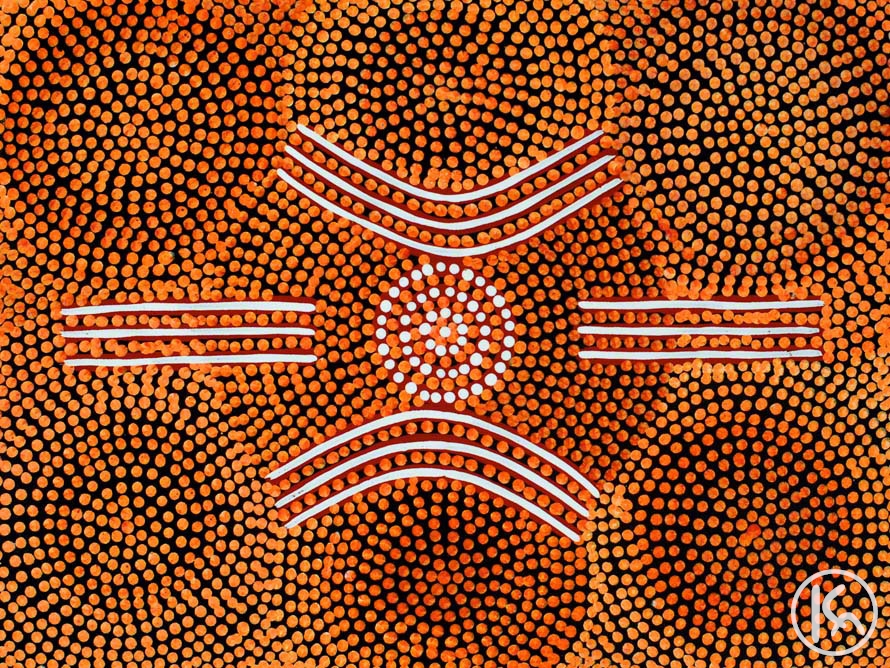
Meeting Place by Bevan Tjampitjimpa from Ti Tree, Central Australia created a 44 x 33 cm Acrylic
Proud Yuin woman and founder of Ngandabaa (Yun-Da-Baa), Rheanna Lotter talks about her Aboriginal artwork and shows us how to draw Aboriginal symbols.
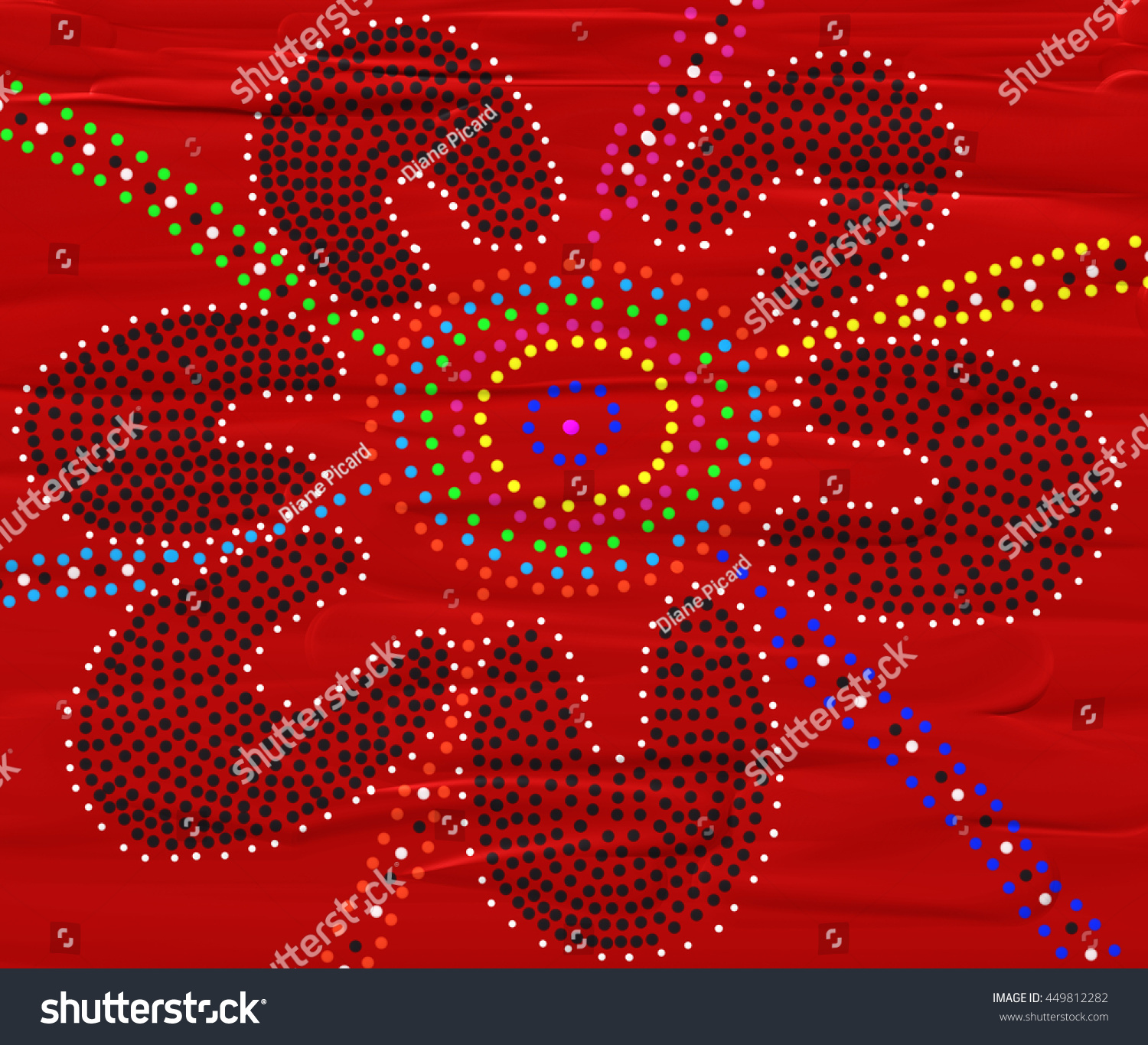
Aboriginal Dot Painting Symbols Beginner Painting
Aboriginal Symbols and their Meanings; Animal Tracks; Ants, Fruits, Flowers or Eggs; Boomerang; Hunting Boomerang; Bush Berry; Campsite or Waterhole. and journey path (lines) . The meeting place is culturally a significant site to Aboriginal men and women. It is a place where Aboriginal people meet, gather around, sitting in circles.

Aboriginal art vector painting. Meeting and unity concept Download Graphics & Vectors
15. Meeting Place. This icon represents meeting place (concentric circles) and journey path (lines). The meeting place is culturally a significant site to Aboriginal men and women. It is a place where Aboriginal people gather together, sitting in circles; this is seen as a normal practice among the indigenous people. 16. Campsites / Waterhole

Aboriginal meeting place symbol badge Vector Image 1961322 StockUnlimited
Dreaming It goes beyond the conventional meaning for the Aboriginals. Dreaming is used to describe the relations and balance between the spiritual, natural, and moral elements of the world. It also refers to the time of creation of the world and supernatural beings. It is conveyed in their art usually through an aerial view.
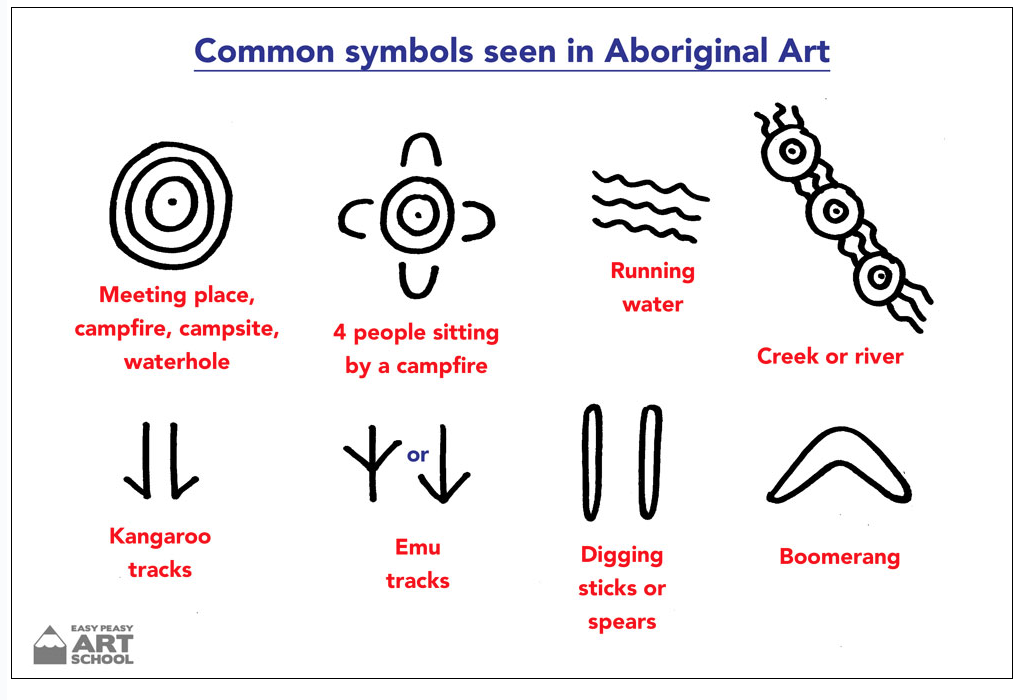
Indigenous Symbol Art 4/5 Miss Stanton's Creative Learning Space
When it comes to understanding the depth and significance of Aboriginal symbolism, the concept of a meeting place holds a profound and multi-layered importance. This symbol, often overlooked in mainstream discussions, encapsulates the essence of community, connection, and tradition in Indigenous cultures. The meeting place symbol not only serves as a physical location but also […]

Download Cultural Symbol Designed By Allan Sumner Clipart (2670820) PinClipart
This paper introduces 'My Meeting Place', a process that integrates Aboriginal art practices and narrative practices to facilitate culturally appropriate counselling by Aboriginal practitioners working with Aboriginal children and young people.
Aboriginal Art Background Icon Logo Template Stock Illustration Illustration of icon, spot
This could represent a meeting place attended by a number of people, more on this I will discuss later. Hence essentially one comes to the understanding that the use of Aboriginal motifs are a marvel to behold because once you start understanding the different meanings of various symbols, a painting could literarily represent a thousand words.
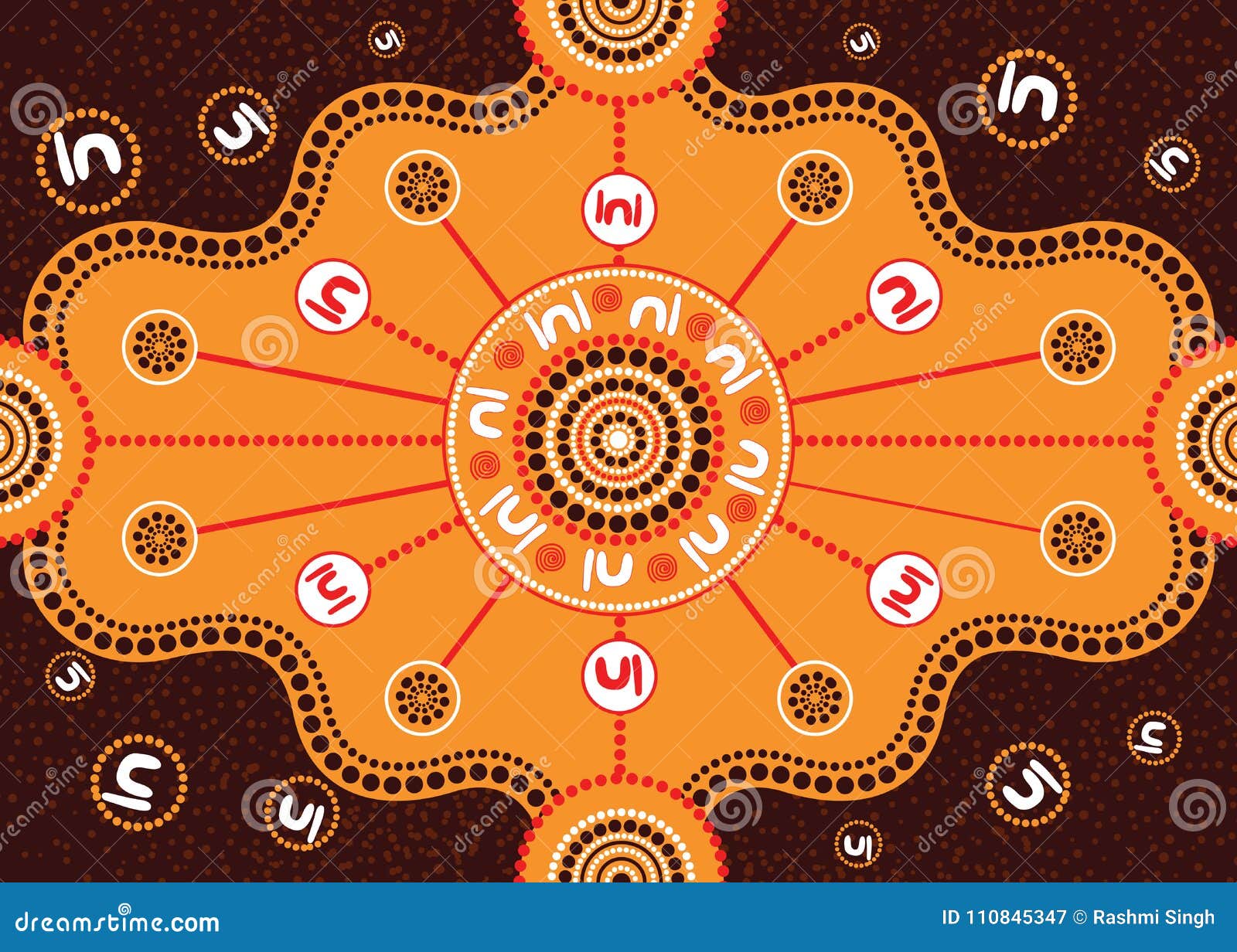
Aboriginal Meeting Place RoyaltyFree Stock Photo 106452789
70 x 50 x 0.5 Cm. $ 380. #Aboriginal Art #African Art. Aboriginal painting by Theo Hudson Nangala, available on Artsper. Aboriginal art is not only one of the most ancient forms of art, dating back further than 17,000 years, but also one of the most culturally significant, due to the depth of meaning it accommodates.

aboriginal art symbols Google Search Изобразительное искусство из дерева, Рисунки, Символы
The concentric circles: These circles represent meeting places and are often depicted in artwork as campsites or communities. They symbolize the importance of coming together, connecting, and sharing knowledge. The wavy lines: These lines represent water or the flow of a river.

At the meeting place Stretched Canvas 29932 by Wall Art Prints Aboriginal art, Indigenous
Aboriginal Symbols Glossary Many of the symbols used by Aboriginal artists are a variation of lines or dots. Similar symbols can have multiple meanings according to the art region and the elaborate combination of these can tell complex Dreamtime stories. View our Aboriginal Symbol & Iconography Gallery. Aboriginal Symbols and their Meanings
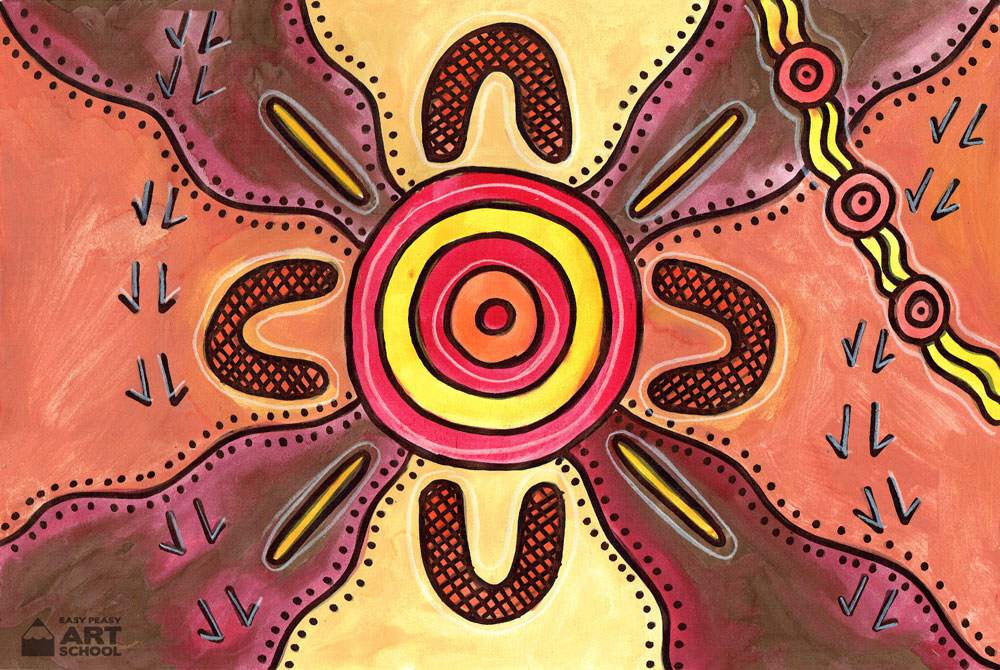
NAIDOC Natural Art Easy Peasy Art School
The spiral design emerged out of the 'meeting place' symbol used by Aboriginal Australians for thousands of years. Aboriginal symbols have multiple meanings and tell complex stories. Just as our symptoms do. This 'meeting place' symbol spoke to me because in counselling and psychotherapy, we will meet each other in relationship.

Meeting place, aboriginal art vector painting. Illustration based on aboriginal style of dot
Communication! Updated on December 26, 2023 Aboriginal symbols are visual forms of communication used by indigenous Australian communities. They depict a wide range of concepts, stories, cultural values, and customs, each with its unique meaning.